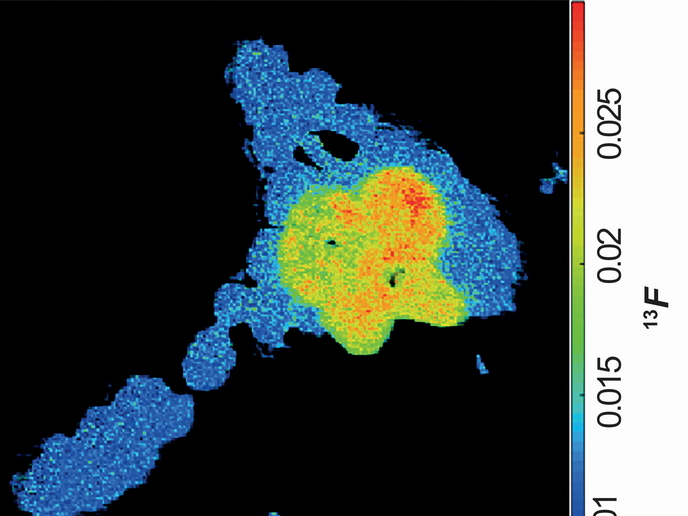Low-cost catalyst materials for fuel cells
Proton exchange membrane fuel cells (PEMFCs) powered by hydrogen, a zero-emission fuel, represent a very attractive choice for use in fuel cell vehicles. Firstly, the PEMFCs split the hydrogen gas into its constituent protons and electrons at one electrode. Then, the flow of electrons generates electrical power, before the electrons and protons recombine with reduced oxygen at the second electrode, forming water as the only by-product. Despite this technology boasting high energy conversion efficiency, the reaction that generates reduced oxygen in fuel cells requires an expensive platinum electrode. This precious metal catalyst is a key cost driver, and thus the primary barrier to mass-market fuel cells. To meet the efficiency, durability and cost requirements for fuel cells, scientists initiated the EU-funded project CATHCAT(opens in new window) (Novel catalyst materials for the cathode side of MEAs suitable for transportation applications). They developed new alloy catalysts based on platinum or palladium as the first constituent and rare earth elements as the second. Computer simulations modelling catalytic reactions showed that catalytic activity increases when platinum atoms are strained, though there is a limit to the maximum possible strain. The team employed different electrochemical methods to produce nanoparticles of platinum and palladium alloys, including vacuum-based methods. Depending on the method, the randomly distributed atoms in the alloys formed either orderly crystal or polycrystalline structures. Results showed that platinum or palladium atoms layered onto rare earth elements are pushed far more closely together than pure platinum atoms would be, and this resulting strain significantly enhances catalytic efficiency. In particular, the newly developed nanoparticles showed up to five times higher catalytic activity and proved to be still very stable. The high cost of platinum and other noble metals is a major hurdle for PEMFC commercialisation. Reducing to a great extent or even replacing platinum enables a significant decrease in PEMFC cost. This should make them more viable for transport applications and thus they could more easily penetrate the market.







